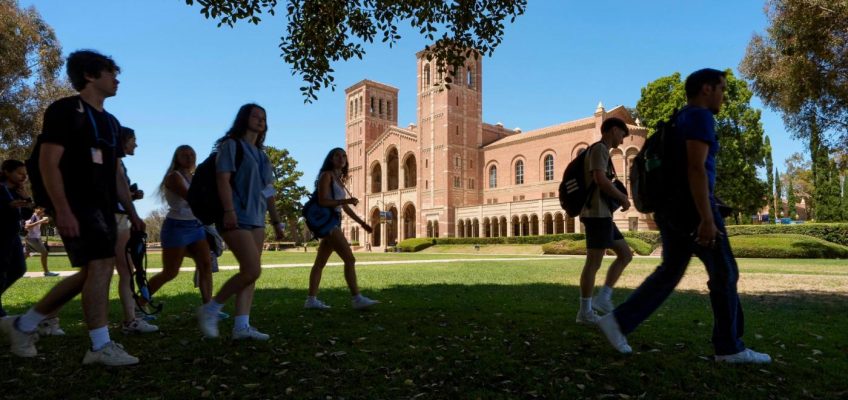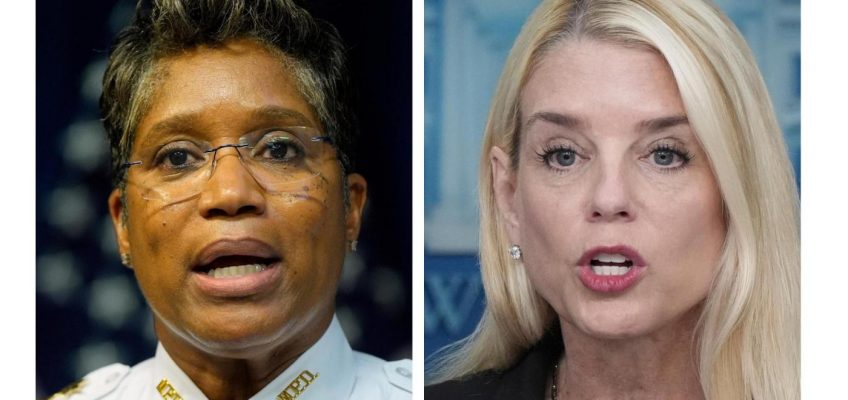By JOCELYN GECKER, Associated Press
A federal judge has ordered the Trump administration to restore millions of dollars in National Science Foundation grants it has withheld from the University of California, Los Angeles, saying they were made in violation of her earlier court ruling.
U.S. District Judge Rita F. Lin ruled late Tuesday that the NSF must reinstate the research grants that were suspended for reasons she had already ruled “arbitrary and capricious,” and gave the administration until Aug. 19 to show compliance or explain why it hasn’t restored the money.
It was not immediately clear how much funding could be returned to UCLA. The school’s chancellor said last week that the Trump administration has pulled $584 million in federal grants from various federal agencies. The judge’s ruling applies specifically to NSF grants.
Related Articles
Trump and Putin will meet at an Alaska military base long used to counter Russia
Federal agents will be out 24/7 on patrol in Washington, the White House says
Trump pledged to move homeless people from Washington. What we know and don’t know about his plans
Judge skeptical of Trump administration’s suit against Maryland judges, will rule by Labor Day
Trump-Putin summit on Ukraine is latest chapter in Alaska’s long history — and tension — with Russia
UCLA’s money as been frozen as part of a wider pressure campaign targeting universities that Trump says are out of step with his political agenda.
University of California researchers challenged the cuts as “abrupt and unexplained” and won a preliminary injunction in June from Lin, who ruled that the NSF and other agencies could not terminate grant funding without specifically explaining why.
But on July 30, the NSF sent out a new round of letters that Lin described as “en masse, form letter funding cuts.” One said the awards “no longer effectuate program goals or agency priorities.” Another cited allegations of racism, antisemitism and policies around transgender athletes at UCLA. It did not elaborate.
The administration argued in a Tuesday hearing that the UCLA funding cuts were “suspensions” rather than “terminations.” Lin dismissed this as semantics.
“NSF’s indefinite suspensions differ from a termination in name only,” and the reasons the agency provided are based on “the same type of deficient explanations as the original terminations,” she ruled.
The university issued a brief statement praising the decision, saying that “restoration of National Science Foundation funds is critical to research the University of California performs on behalf of California and the Nation.”
UCLA also faces a Trump administration demand to pay $1 billion to settle antisemitism allegations. UCLA became the first public university to be targeted as the administration seeks to dominate academic institutions around the country.
The Associated Press’ education coverage receives financial support from multiple private foundations. AP is solely responsible for all content. Find AP’s standards for working with philanthropies, a list of supporters and funded coverage areas at AP.org.




